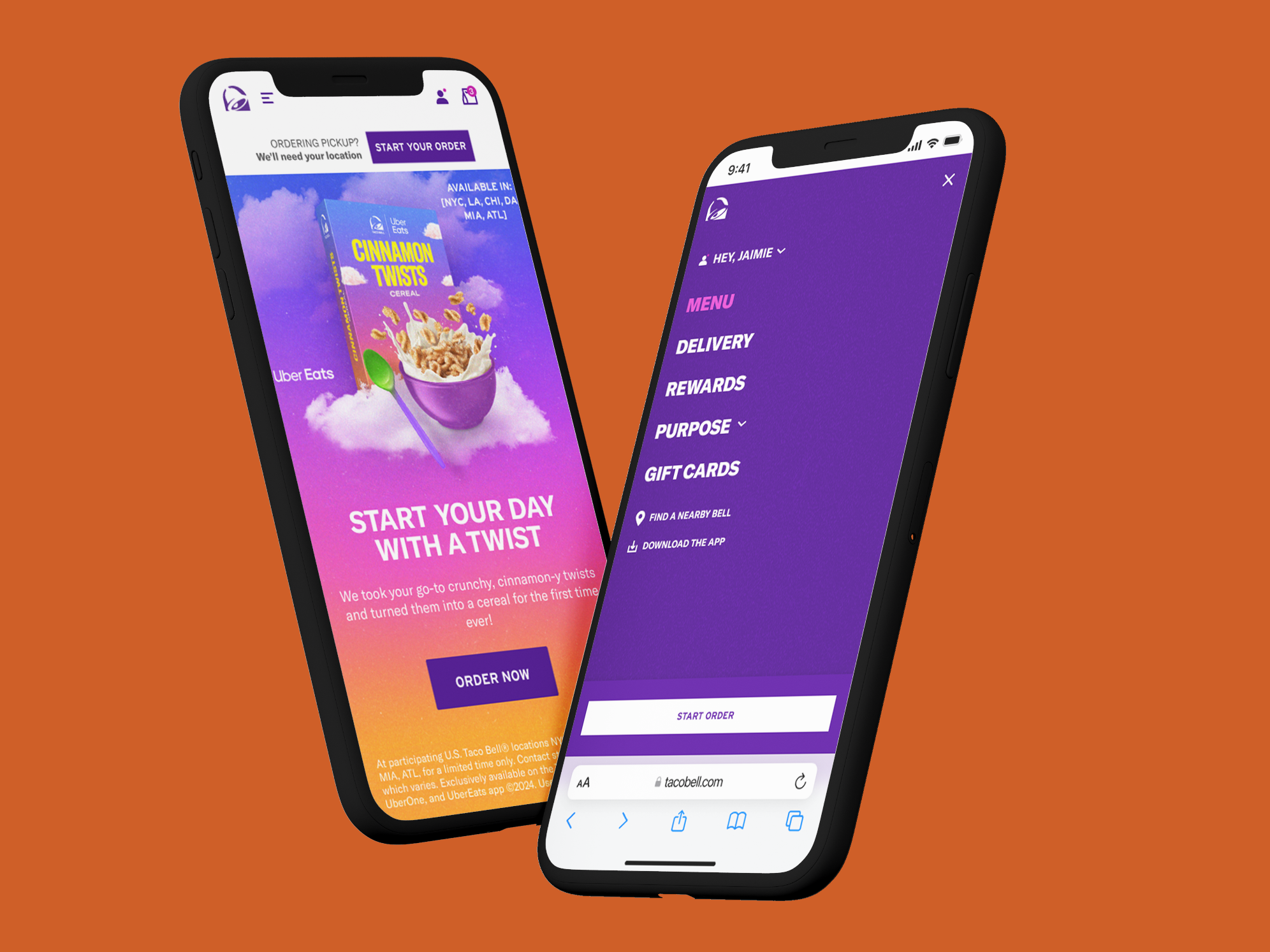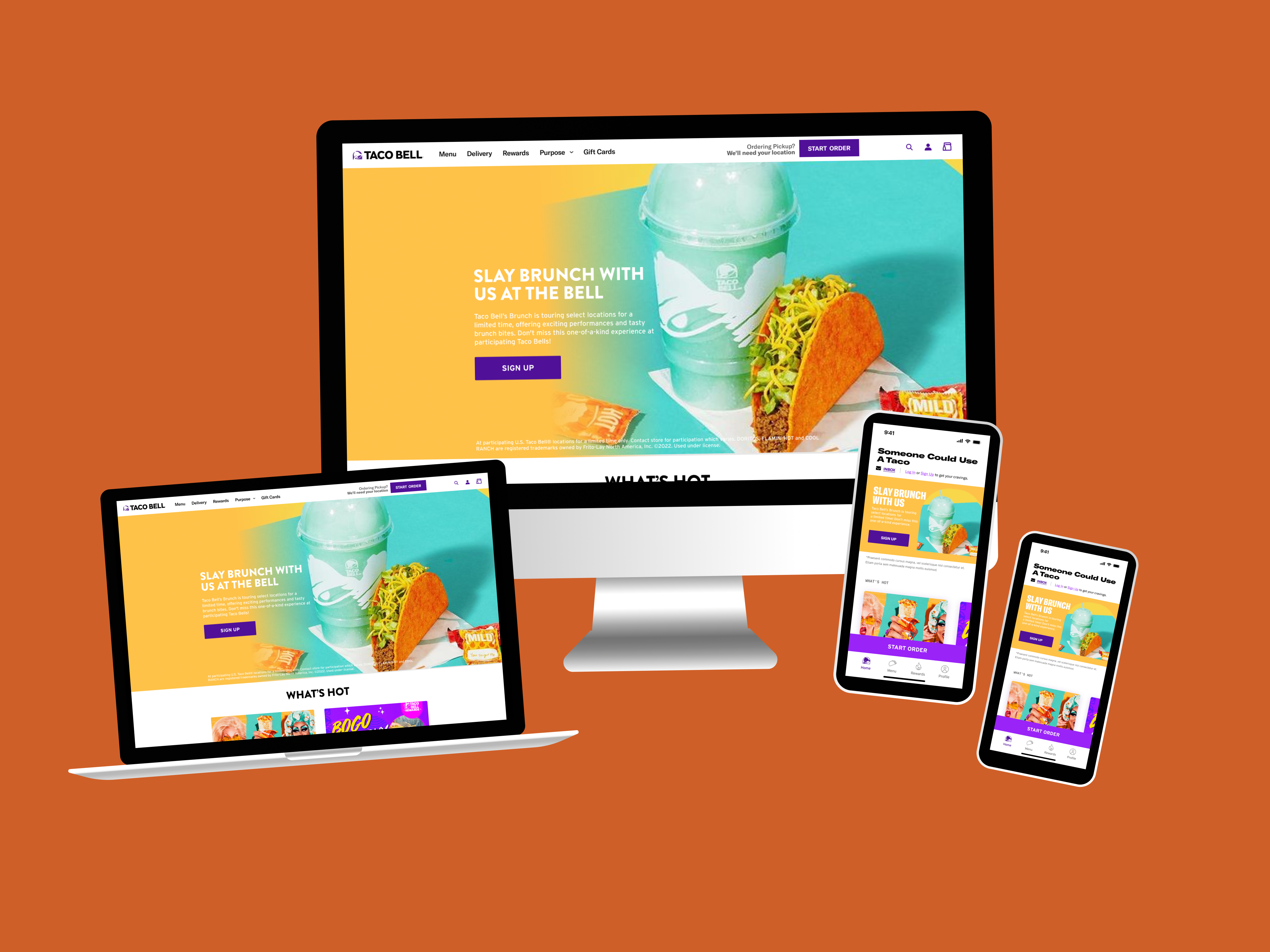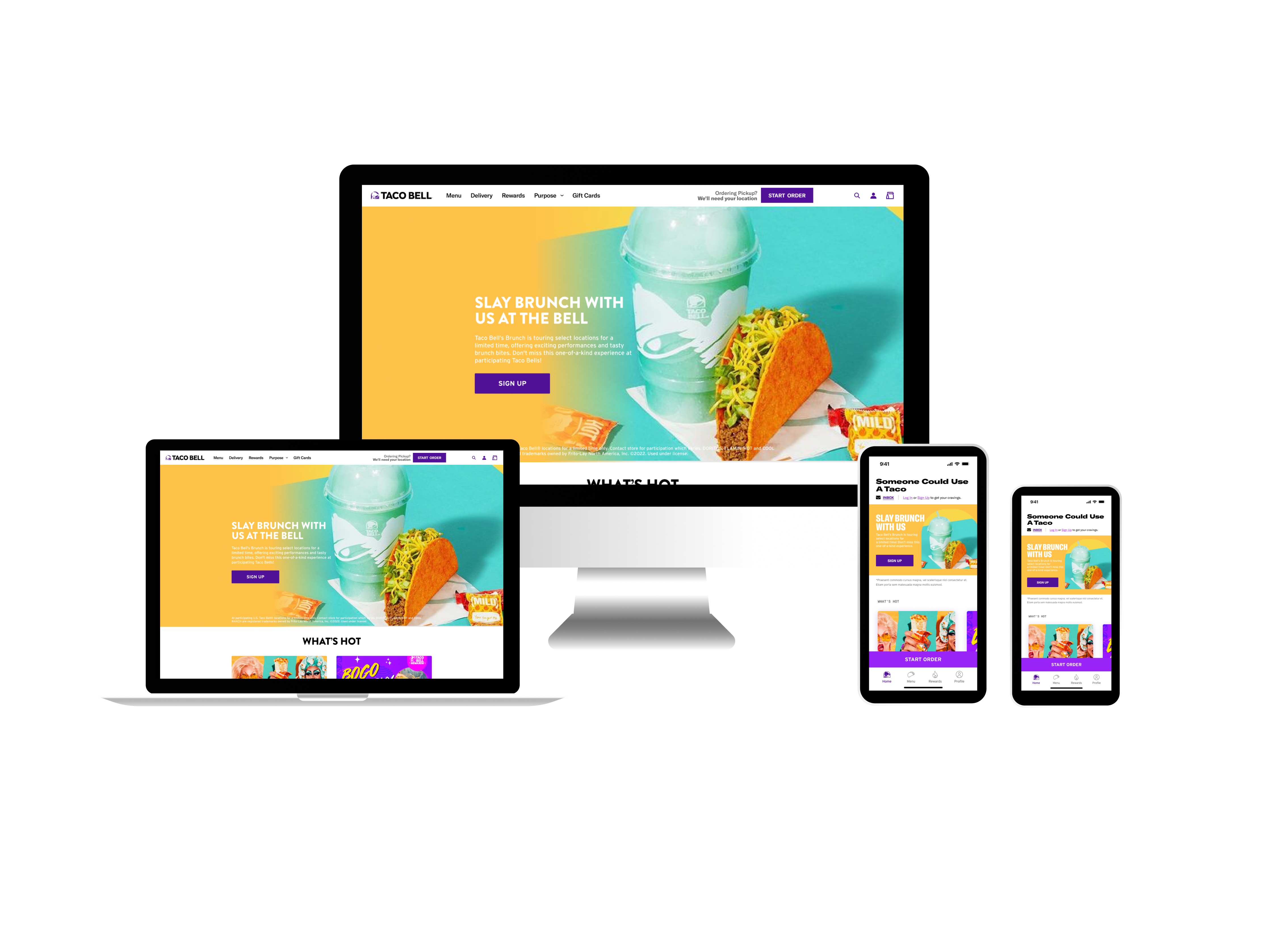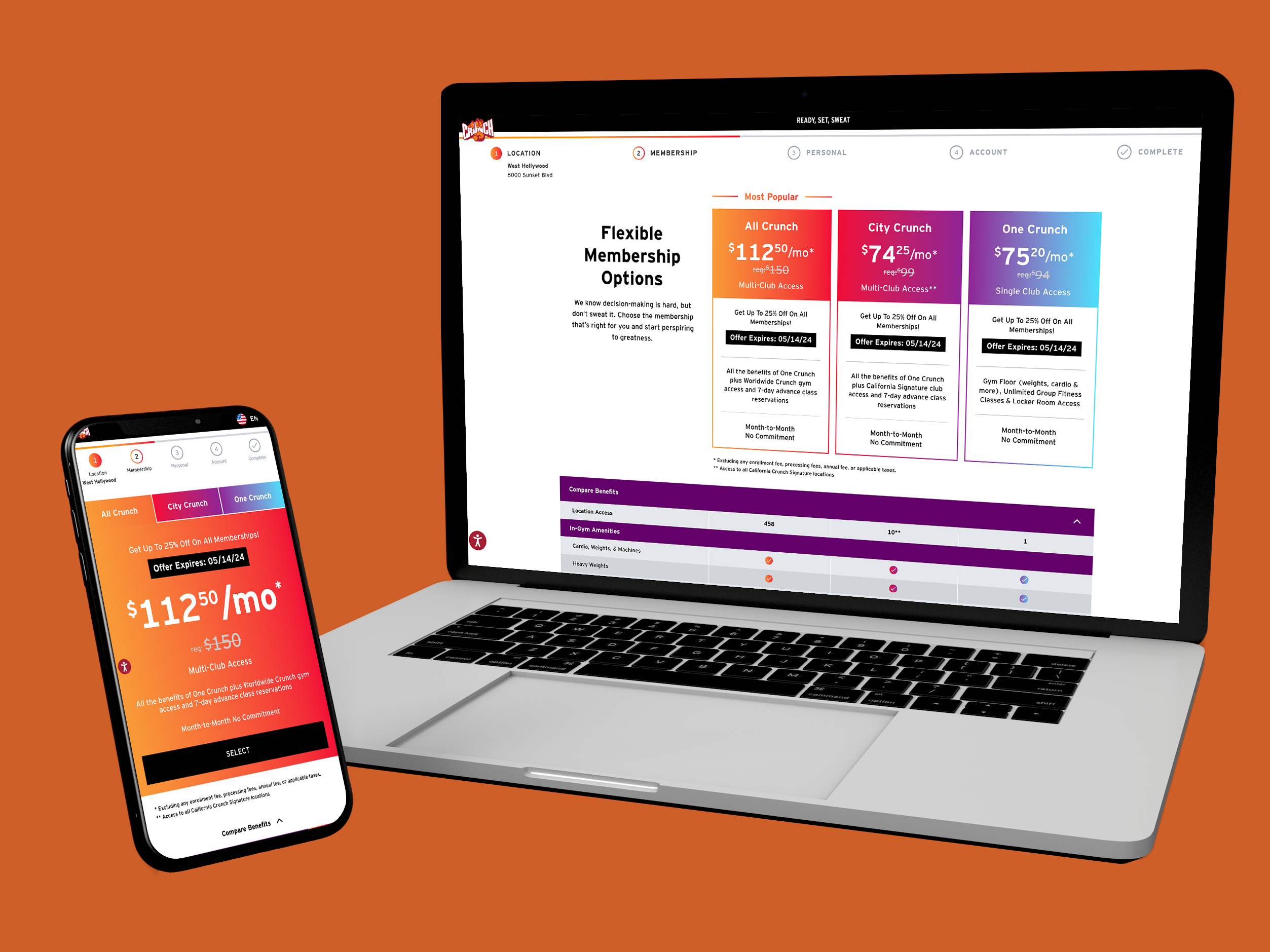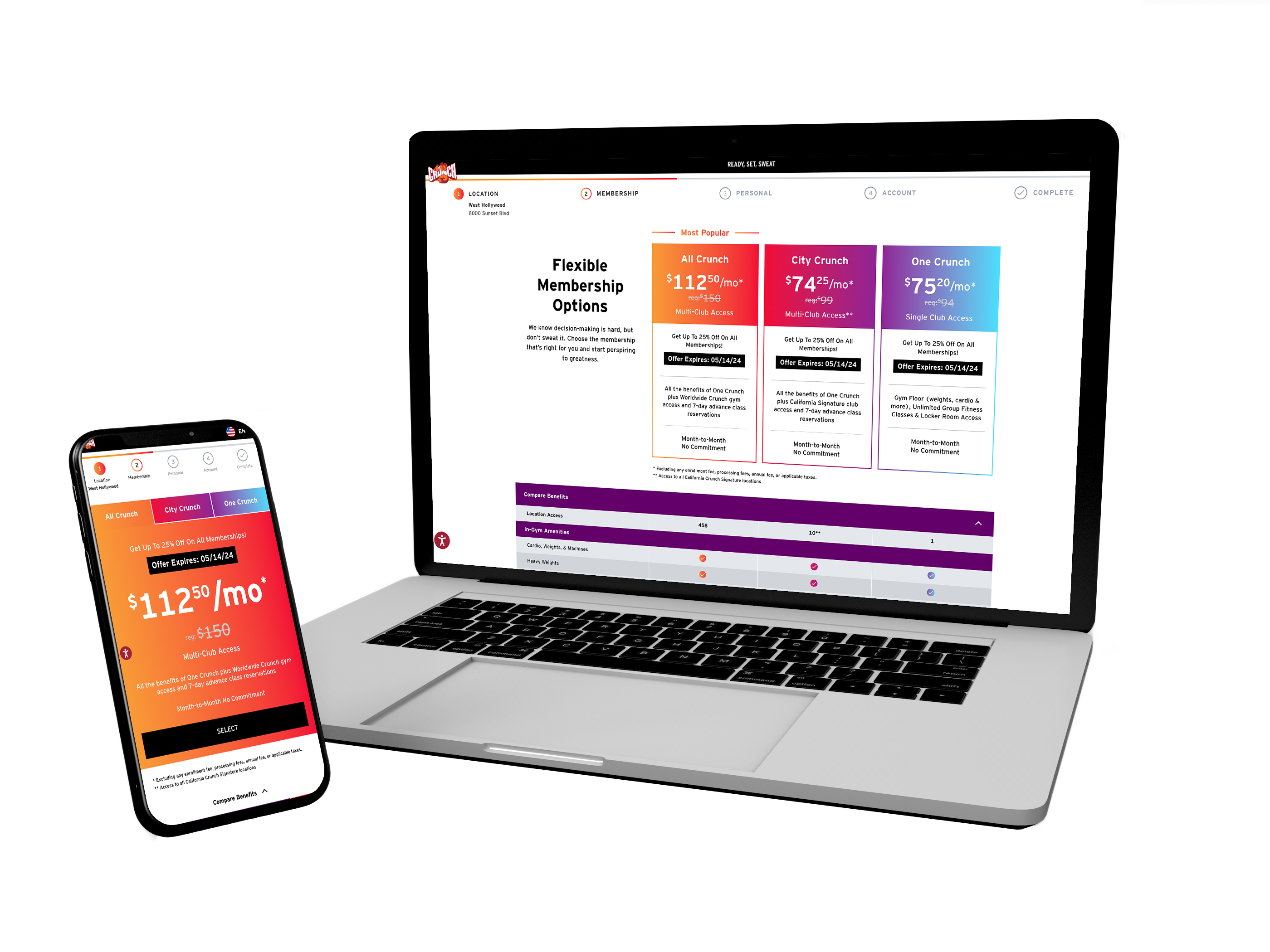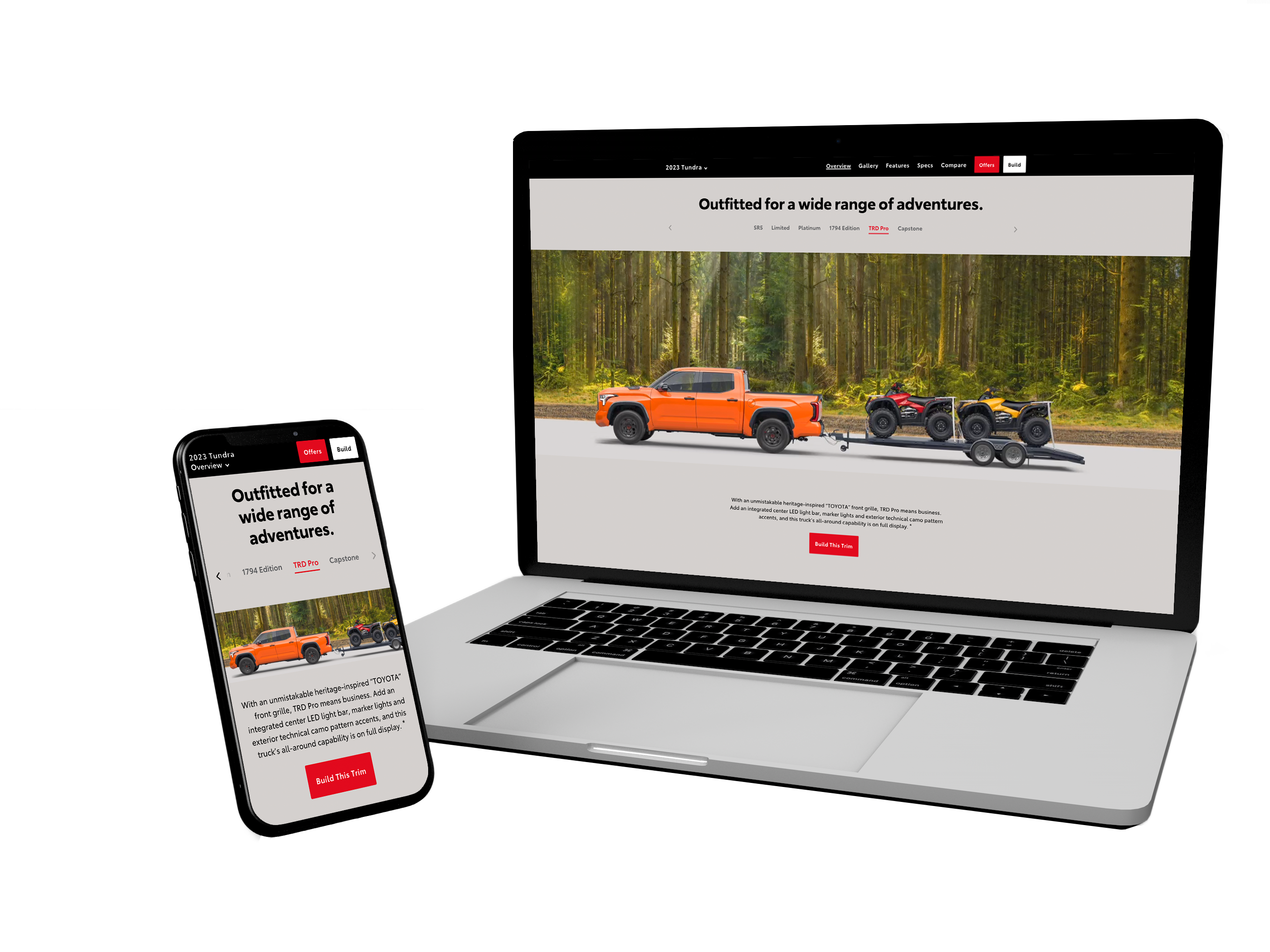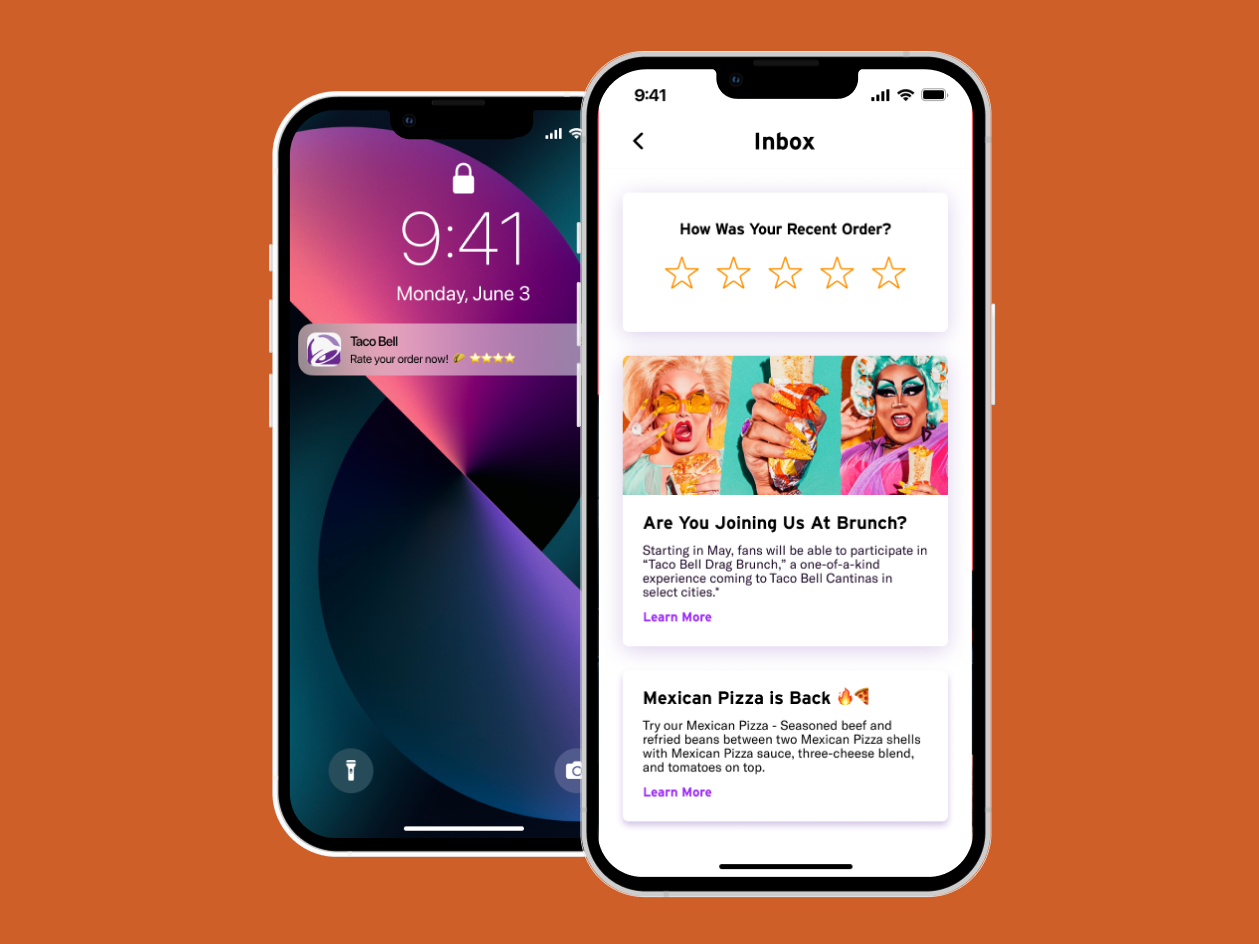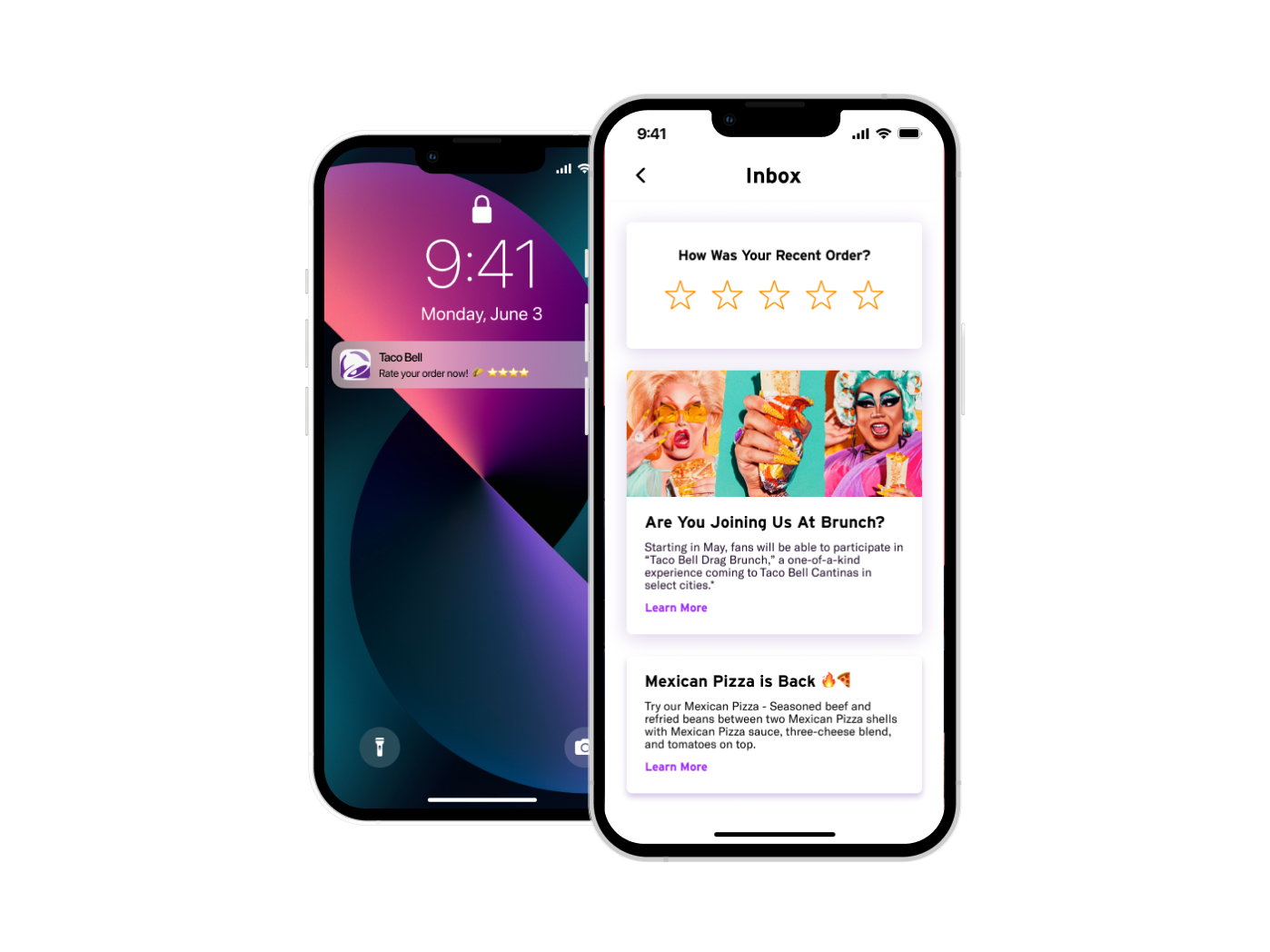Why We Removed Guest Checkout from the Taco Bell App
As part of Taco Bell's strategic initiatives for 2024, a key focus has been ensuring that all app users become loyalty members by the year’s end. To achieve this, we concentrated on phasing out guest checkout within the app.
The primary objective was to expand the loyalty program, while also addressing cart abandonment rates among existing digital users. By offering exclusive rewards that are only accessible to registered members, we aimed to streamline the checkout process and encourage sign-ups, enhancing our understanding of customer behaviors. Notably, guest checkout will still be available on the desktop and mobile web versions of the site.
Data-Driven Decisions: Analyzing User Behavior Pre-Checkout
Analytics played a crucial role in guiding design decisions, serving as benchmarks to compare the performance of the old design against the new one. Key metrics assessed include the percentage and value of abandoned carts, conversion rates for guest users, and loyalty sign-ups. Secondary metrics focused on the average order value of guest users from installation to sign-up rates.
Existing Data:
Loyalty vs Guest User: 88% of transactions on the app are from loyalty members, while 12% are from guest users.Low Sign-In Engagement: Only 2.2% of iOS users clicked "Sign In" on the current Guest Checkout screen.
High Guest Cart Abandonment: 21.6% of iOS users abandoned their carts on the current Guest Checkout screen.
Competitor Insights:
9 out of 14 quick-service restaurants (QSRs) are gating guest checkout at the cart level.
2 out of 14 QSRs are gating guest checkout before the menu.
3 out of 14 QSRs do not gate checkout.
Industry Gating Trends: Typical competitor UI patterns include a bottom sheet warning for gating and a full-page takeover screen for sign-ups.
Ideating a Tangible Incentive System for Sign Ups
During the wireframing phase, the primary focus was on developing compelling copy to encourage user sign-ups. While a reward points system was initially considered, the complexity of tier-based allocations—where the Hot tier earns 10 points per dollar and the Fire tier earns 11 points per dollar—made it difficult to clearly communicate users' status and the value of advancing tiers. The incentive of offering points was harder to gauge compared to the simplicity of a tangible reward.
After securing approval for key user experience elements—such as gating at the bag level while still allowing users to browse the menu and build their cravings—the strategy evolved. Data showed that users were more likely to sign up when given the opportunity to create their bag. To further motivate guest users, the focus shifted to offering clear, tangible food rewards, such as the Cantina Chicken Taco, to drive loyalty program sign-ups.
Enhancing User Engagement with Micro-Animations
To enhance user engagement, micro-animations were brainstormed and implemented, including subtle effects like shimmering and gentle movements. These animations highlighted key elements, such as the rewards opening text and the primary call to action, guiding the user's focus toward signing up for the rewards program.
The strategic use of full-bleed imagery combined with carefully designed micro-animations resulted in a visually compelling and interactive experience. These enhancements emphasized the benefits of signing up for rewards and created a seamless pathway for users to take action, ultimately driving higher conversion rates.
Results
As of August 2024, guest checkout was officially disabled, 100% of traffic is now directed to both platforms for iOS and Android, ensuring comprehensive data collection for evaluating the impact of the guest checkout removal.
CRM Initiatives:
In August, the CRM team launched an In-App Message targeting guest users who add their first item to the cart. This message encourages users to sign up or log in before encountering the My Bag gate. Additionally, a 10% abandoned cart offer is scheduled to begin late August.
Key Metrics:
Sign-Ups: There has been a 28% increase in loyalty sign-ups since the implementation.
Conversions Rate: The shop-to-conversion rate saw a slight decrease of 1.0%.
Lost Transactions: An estimated 1,250 guest transactions per week are being lost, based on the previous average of approximately 125,000 app guest transactions per week.
Customer Sentiment:
The social media team has not reported any negative sentiment regarding the change. However, the customer care team has logged 89 complaints related to the removal of guest checkout, with most customers who do not wish to sign up being redirected to order as a guest on the website.
Media Impact:
The overall install-to-sign-up rate has increased by 7%, rising from approximately 48% in the four weeks before guest checkout removal to 55% since July 18.
Acquisition campaigns have seen a decrease in Cost Per Sign-Up in the two weeks leading up to the removal, with a subsequent increase post-removal since mid-July.
